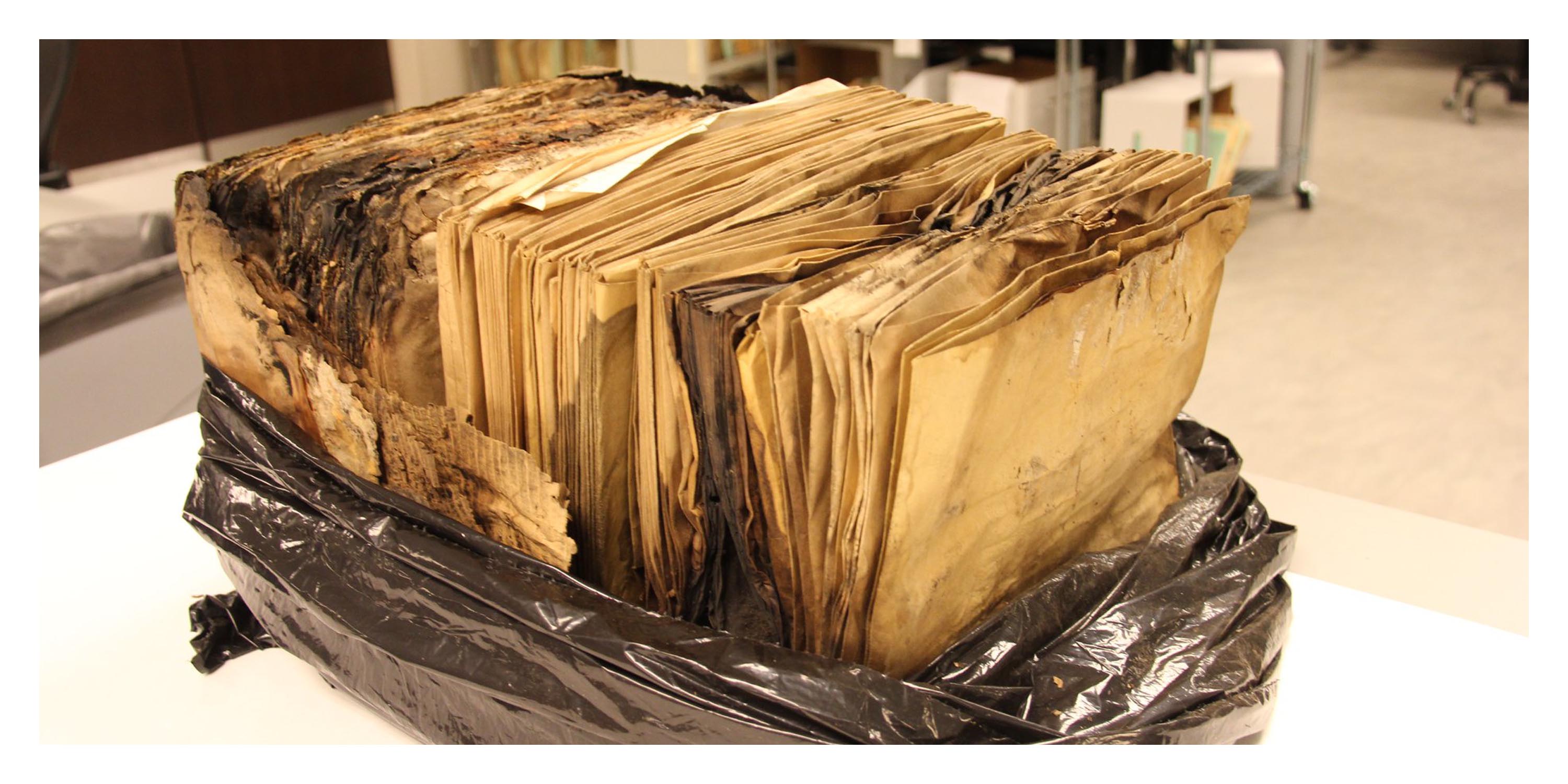
Please Note: Records of individuals who left service less than 62 years ago are non-archival and remain in the legal custody of the Department of Defense (see Records Center Program for more information on access). Please Note, the veteran's or next-of-kin's signature is not required on a request to obtain copies of archival records. This form captures all the necessary information to locate a record. Although not mandatory, using the SF 180 is the recommended method to send a request for military service information.

If you prefer to send your request via postal mail or fax, please use the Standard Form (SF) 180, Request Pertaining to Military Records. Fax a letter or Standard Form 180 to: 31.Mail a letter or Standard Form (SF) 180, Request Pertaining to Military Records to:.Visit the NPRC Archival Research Room in St.REQUEST RECORDS ONLINE!(note: you will need to be connected to a printer in order to print and mail us the final signature page).To obtain a copy of an archival record (for a COPY FEE), a requestor may: For records affected by the 1973 Fire, additional information, such as place of discharge last assigned unit and place of entry into service may be useful. This information includes: the veteran's complete name as used in service service number branch of service date and place of birth dates of service. (See Records of veterans who separated from service after 1960.) How do I request copies of records?Ĭertain basic information is needed to locate military service records. Please note: the following information, regarding access, pertains only to records of veterans who separated from service before 1960. On September 8, 1945, he was ordered to report to Fort MacArthur, California, where he was separated from active duty on December 9, 1945.Official Military Personnel Files (OMPF), Archival Records Requests He was recommended for promotion to Major on February 2, 1945, but this recommendation was disapproved on July 17, 1945. He was assigned to the 18th AAF Base Unit, Culver City, California on November 14, 1944, where he remained until the end of the war. In January 1944, Captain Reagan was ordered to temporary duty in New York City to participate in the opening of the sixth War Loan Drive. Following this duty, he returned to the 1st Motion Picture Unit, and on July 22, 1943 was promoted to Captain. Reagan was promoted to First Lieutenant on January 14, 1943 and was sent to the Provisional Task Force Show Unit of This Is The Army at Burbank, California. He was assigned to AAF Public Relations and subsequently to the 1st Motion Picture Unit in Culver City, California.

Upon the request of the Army Air Forces (AAF), he applied for a transfer from the Cavalry to the AAF on the transfer was approved on June 9, 1942. His first assignment was at the San Francisco Port of Embarkation at Fort Mason, California, as liaison officer of the Port and Transportation Office. Due to his poor eyesight, he was classified for limited service only excluding him from serving overseas. Lieutenant Reagan was ordered to active duty on April 19, 1942. On JReagan, who had just moved to Los Angeles to begin his film career, accepted his Officer's Commission and was assigned to the 323rd Cavalry. He was appointed Second Lieutenant in the Officers Reserve Corps of the Cavalry on May 25, 1937. After completing 14 of the courses, he enlisted in the Army Enlisted Reserve on April 29, 1937, as a Private assigned to Troop B, 322nd Cavalry at Des Moines, Iowa.
#NATIONAL ARCHIVES MILITARY RECORDS SERIES#
Ronald Reagan enrolled in a series of home-study Army Extension Courses on March 18, 1935.


 0 kommentar(er)
0 kommentar(er)
